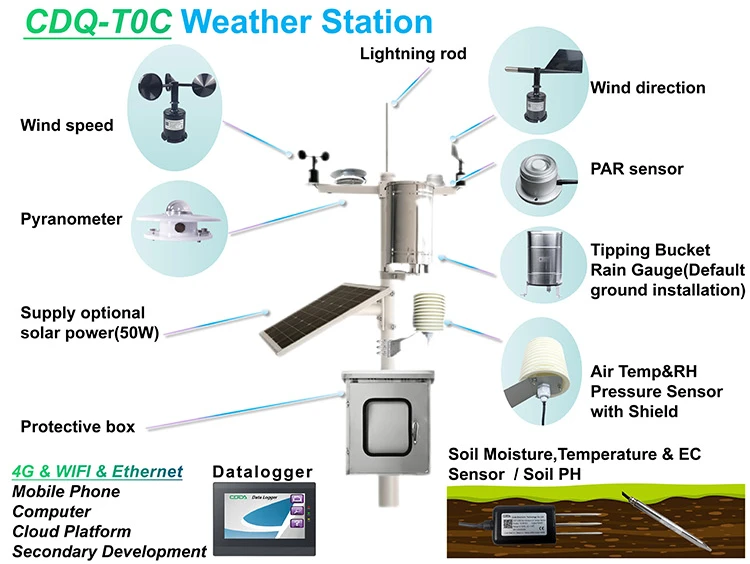
# Automatic Weather Station Price Analysis and Market Trends
Automatic weather stations (AWS) have become essential tools for meteorologists, researchers, and industries that rely on accurate weather data. As the demand for precise and real-time weather information grows, understanding the factors influencing automatic weather station prices and market trends is crucial for buyers and stakeholders.
## Factors Influencing Automatic Weather Station Prices
The price of an automatic weather station can vary significantly depending on several factors:
– **Features and Capabilities**: Advanced AWS models with additional sensors, higher accuracy, and extended data transmission capabilities tend to be more expensive.
– **Brand and Quality**: Established brands with a reputation for reliability and durability often command higher prices.
– **Installation and Maintenance**: Costs associated with installation, calibration, and ongoing maintenance can impact the overall price.
– **Customization**: Custom-built AWS solutions tailored to specific needs may come at a premium.
– **Geographical Location**: Shipping costs, import duties, and local market conditions can influence the final price.
## Market Trends in Automatic Weather Stations
The automatic weather station market is experiencing significant growth, driven by technological advancements and increasing demand across various sectors:
– **Technological Innovations**: The integration of IoT (Internet of Things) and AI (Artificial Intelligence) in AWS is enhancing data collection and analysis capabilities, leading to more sophisticated and expensive models.
– **Climate Change Monitoring**: Governments and organizations are investing heavily in AWS to monitor and mitigate the effects of climate change, boosting market demand.
– **Agriculture and Precision Farming**: Farmers are increasingly adopting AWS to optimize irrigation, pest control, and crop management, driving market growth.
– **Urban Planning and Infrastructure**: Cities are using AWS to improve urban planning, disaster preparedness, and infrastructure resilience, further expanding the market.
– **Global Expansion**: Emerging markets in Asia, Africa, and South America are witnessing a surge in AWS adoption, contributing to market expansion.
## Price Range and Market Segmentation
The price of automatic weather stations can range from a few hundred dollars for basic models to tens of thousands of dollars for high-end, professional-grade systems. The market is segmented into:
– **Entry-Level AWS**: Affordable models suitable for educational purposes and small-scale applications.
– **Mid-Range AWS**: Balanced in terms of price and performance, ideal for small to medium-sized businesses and research institutions.
– **High-End AWS**: Premium models with advanced features, designed for large-scale operations, government agencies, and scientific research.
## Conclusion
Understanding the factors that influence automatic weather station prices and staying informed about market trends is essential for making informed purchasing decisions. As technology continues to evolve and the demand for accurate weather data grows, the AWS market is poised for further expansion, offering a wide range of options to meet diverse needs and budgets.
Keyword: automatic weather station price
